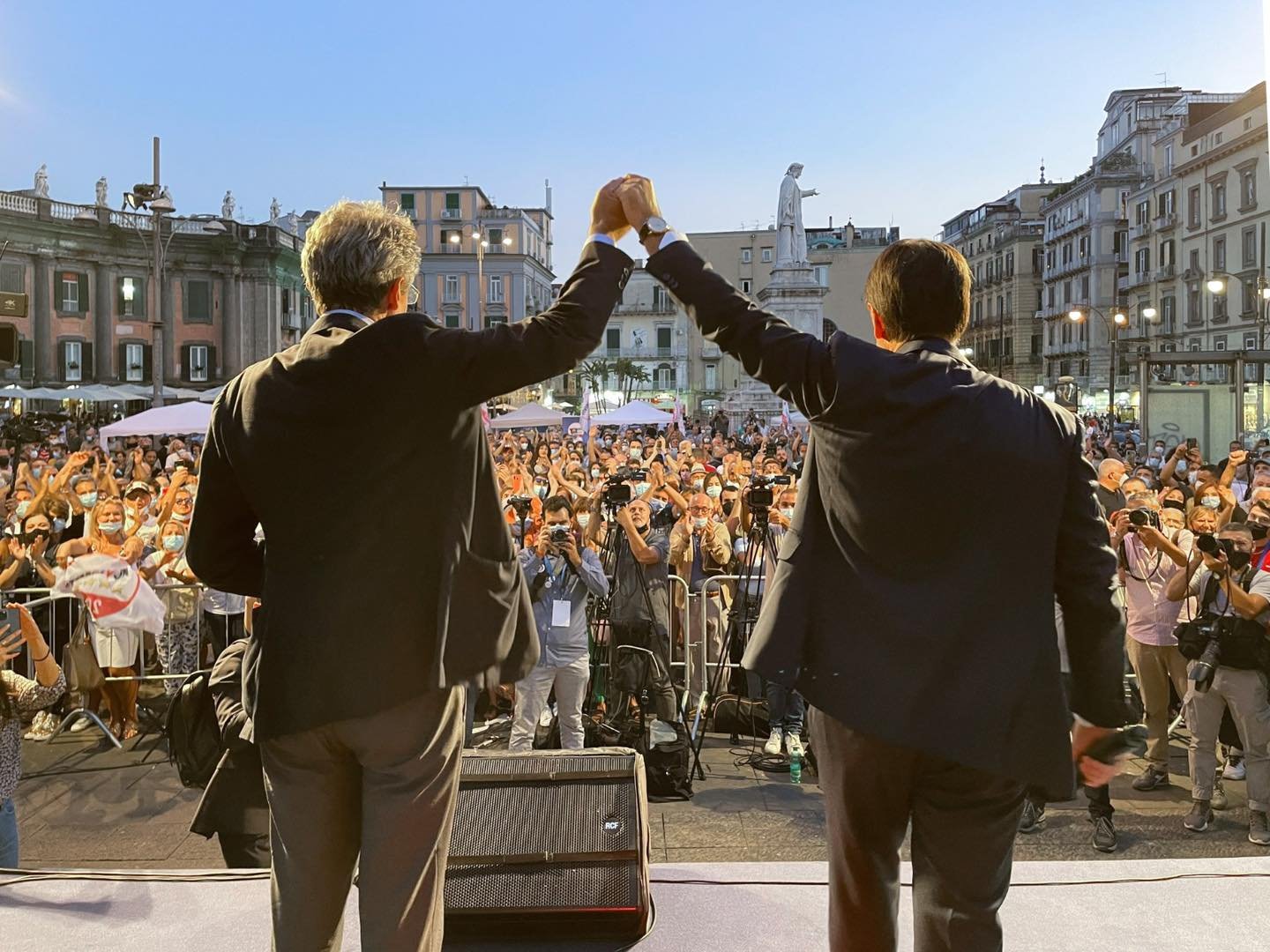While the world has returned to talk about nuclear weapons after twenty years of taboo, it seems that the omen of the "communist tour” which have been taking place in Krakow for years. These are organised visits which originated in Nowa Huta, the “ideal city” according to communist propaganda.
In reality, it is a settlement born as a Soviet experiment in view of a possible nuclear conflict with the West.
Escorting foreigners in old Fiat 126s and other Polish cars, the guides tell foreigners about life during the Soviet regime, starting with a warning: “We take you to the past so that it can never happen again”.
Nowa Huta, “New Steel Mill” in Polish, was born as a gift from Stalin to Poland and, in Soviet plans, was supposed to eliminate the political influence of neighboring and anti-communist Krakow. With its factory, staffed by 50,000 workers, it was supposed to supply steel to all the countries of the Warsaw Pact.

History, however, paradoxically wanted Nowa Huta to become the stronghold of Solidarity, the workers' movement that led to the collapse of the communist regime in Poland in 1989.
Entering the neighborhood is an attempt on the life of an agoraphobic: leaving from Krakow, the only tram that leads to Nowa Huta stops in Ronald Reagan Square, an open space that seems to never end.
Despite the grandiose and futuristic presentation, one has the feeling of entering a concentration camp disguised as a city. Streets and buildings are identified with letters, as in a naval battle; the only color that triumphs is the gray that uniforms the buildings and the sky.

A walk through the residential complexes transports you directly to the 50s: the years in which the holiday villages of the sweet life and in Poland industrial districts were built on the socialist model.
While Coppola Pinetamare presented its advertisement “Living to live” and invited Italians to move to the luxurious village of Litorale Domizio, in Krakow it was projected “Destination Nowa Huta”, the commercial that told of the joy of the new inhabitants at seeing electric lighting for the first time in the studio flats that would house 200,000 workers in blue uniforms.
The only really significant change compared to sixty years ago is that the steelworks has changed its name (it was previously dedicated to Lenin) and the residents of the neighborhood no longer live in a single work uniform provided by the state, on the contrary, they are now happy to show off colorful clothes, in contrast with the colors of the buildings. There is also a tank parked outside a school, which today has become part of the "war museum”.

Every detail of Nowa Huta is a photograph of the Cold War. After all, architecture according to the Soviets was “the geometry of power”: it was meant to convey feelings of awe and reverence.
Memories of communist Poland are packaged in a museum with a name that sounds like a tax code: “PRL-U”. The visitor is greeted by a sign with a terrible warning: “the recent Russian invasion of Ukraine and the inactivity of the international community is the signal that we are about to end up in a new Cold War. We hope that the story of our history will be a lesson to not repeat the same mistakes”.

Nowa Huta was also born as a social experiment to be carried out to study (and exploit) the population's reactions in view of a third world war, using fear as a tool of control: each building housed an anti-atomic bunker that served to accommodate a predetermined number of families and everyone lived waiting for an alarm to escape underground.
Scientists estimated that 50,000 individuals would be enough to ensure the survival of the human race in the Krakow region in the event of an atomic attack. The rest of the citizens without bunkers lived every day with the knowledge of certain death in the event of a bombing.imminent”, as the propaganda video newsreels emphasized.
Even today, some buildings have signs inside them that contain instructions on how to deal with the fallout nuclear, while the bunkers became useful cellars which also revealed numerous secret rooms where KGB agents were positioned.

The inhabitants of the industrial town suffered military and psychological oppression that destroyed individual consciences: only a very strong Catholic faith managed to resist, which was fomented by the presence of the charismatic Archbishop Karol Woytyla, the future Pope John Paul II, after whom the main street of Nowa Huta is named.
The religious feeling of the Poles was then the decisive push that helped the movement Solidarity in the struggle of the steelworkers in the neighborhood. The casus belli which led to a series of struggles and protests throughout Poland, in fact, was the government's ban on the construction of a church in Nowa Huta. From there followed all the protests that, in 1989, led to the end of communism in Poland.

Today there remains one last living testimony of the “red” history of Nowa Huta. There is the restaurant “Styley” which seems to have remained stuck in 1980. More than a tourist find, it is a way to transport diners into the atmosphere experienced by the few Poles who could afford an evening at the restaurant, with a scenic reconstruction worthy of the film “Good Bye Lenin!”.
The place also has a reproduction of the statue of Lenin, which is prominently displayed near the cash register and is constantly being targeted. selfie with tourists, as if he were the pop star of the moment.
The original statue of the Russian revolutionary was instead positioned in the centre of the square which in 2004 was ironically dedicated to the American president who played a leading role in the collapse of the USSR.
In 2015, an artist repositioned the statue in its original place. This time, however, it was colored highlighter yellow, with a fountain positioned exactly between its legs. It is the most mocking way to exorcise those times of terror that are still alive in the memories of Poles and that, hopefully, will not one day turn into a terrible memory for all of us Europeans.
More of my photos in the gallery:

The facade of a condominium 
John Paul II Street 
The rear of a condominium 
Radiation and gas masks 

Cemetery between the buildings of Nowa Huta 
Flag of Poland on a facade 
A panorama of the streets and public parks of Nowa Huta 
Electrical operator in a nuclear bunker 
Tram tracks in Krakow
(This article was published in the third issue of the journal “Inchiostro” of the Suor Orsola Benincasa School of Journalism: https://www.unisob.na.it/inchiostro/inchpdfview.htm?nr=162)


